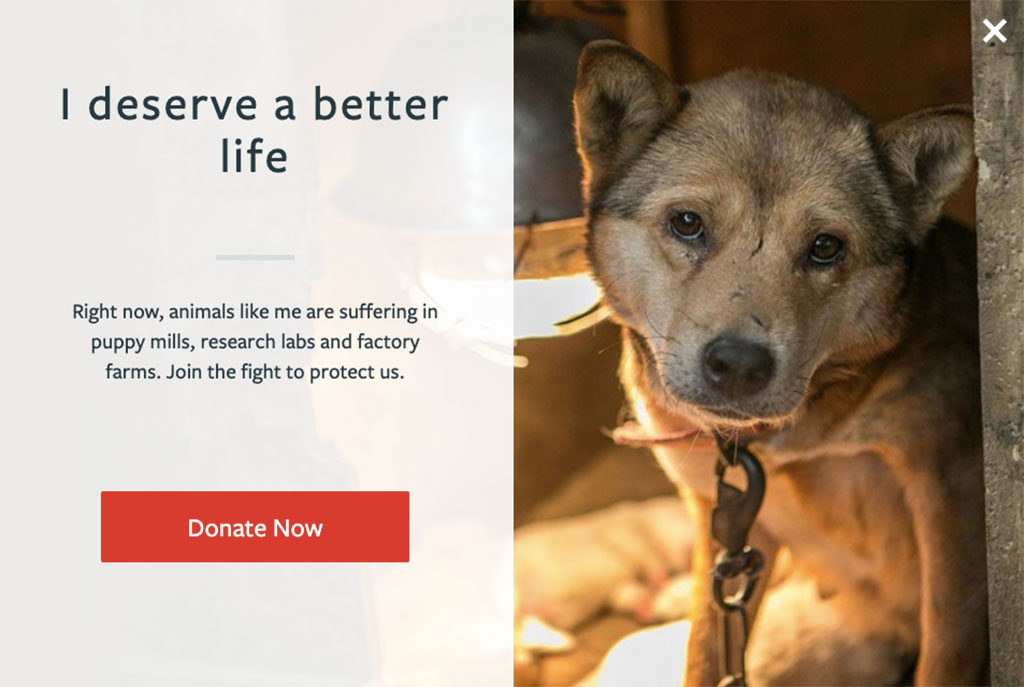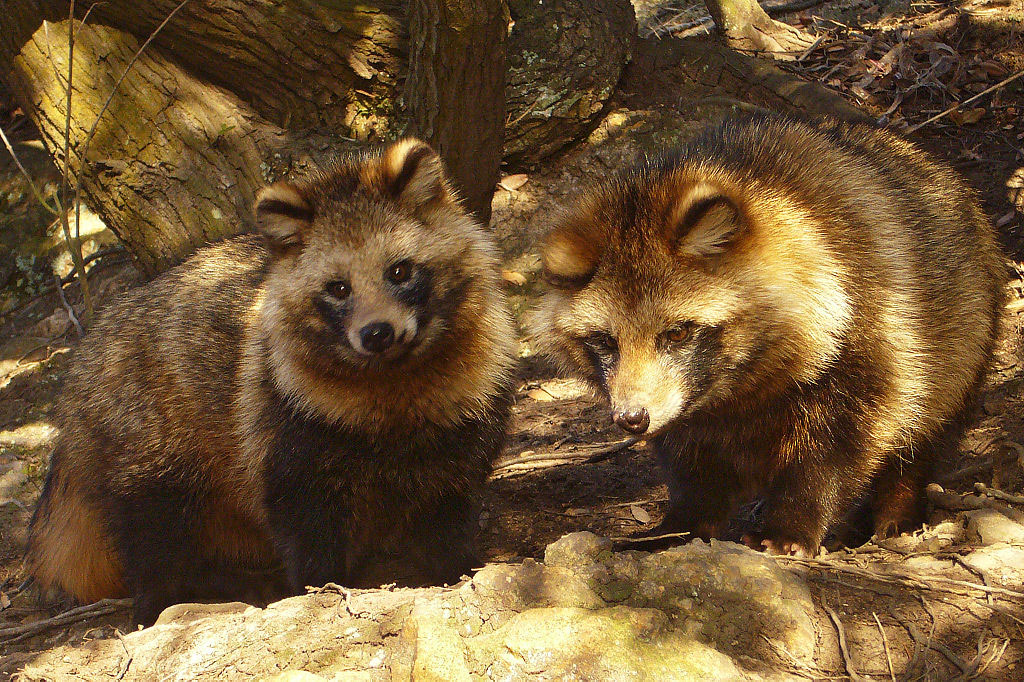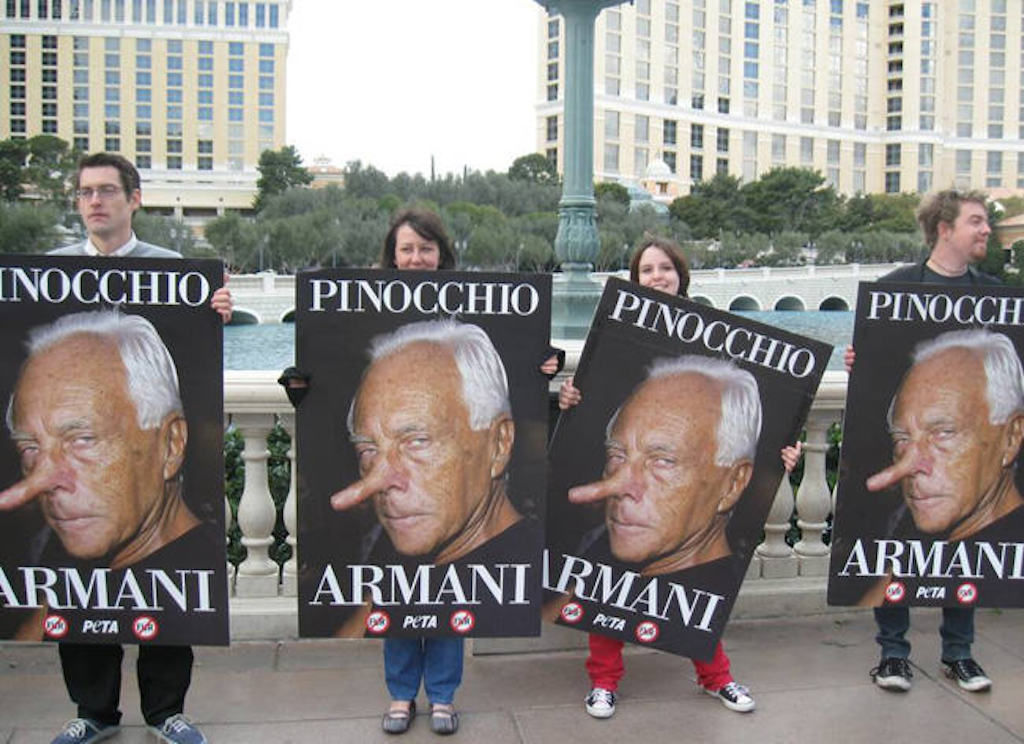
As proposals to ban fur retail in California and New York grind their way through their respective political processes, two giants of the animal protest industry are just behind the scenes, pulling the strings. But how credible are these groups, and what credentials do they really have to be dictating public policy?
SEE ALSO: 6 reasons why banning fur sales is a very bad idea.
The Humane Society of the United States (HSUS) and People for the Ethical Treatment of Animals (PETA) want to end all use of animals by society. In their pursuit of this agenda, fur is just the thin end of the wedge. The thick end includes the giant food industry, as well as leather, entertainment (zoos and circuses), transportation, pets, medical research — the list of ways that animals enrich and improve our lives goes on and on. In a chart showing all these uses of animals, the fur trade would barely register — probably less than one-quarter of one percent of the animals used in North America.
So why does fur feature so prominently in recent animal-rights campaigning? First and foremost, fur is seen as a soft target. Totally ignoring its virtues — like keeping people warm and providing sustainable livelihoods — HSUS and PETA present fur as a cruel and frivolous luxury worn only by rich people with more money than taste. Selling this message to politicians is made easier by the fact that most people don’t own much or any fur, so they can take it or leave it. Convincing folks to give up their hamburgers and leather shoes is a much tougher sell.
Make no mistake though: if HSUS and PETA ever succeed in toppling the fur trade, they have plenty of other targets lined up to take its place.
Meanwhile, these groups rake in tens of millions of dollars each year from well-meaning donors, exploiting freedom of speech to the legal limits as they smear the fur trade and other animal industries as cruel and unnecessary.
With skillful manipulation of traditional media, complemented by social media and direct-mail campaigns, HSUS and PETA have perfected the art of fundraising; their war chests are overflowing with cash. But how is this money really being spent? Let’s turn the projector around for a change, and see how credible these groups really are.
HSUS Does Not Run Animal Shelters

HSUS coyly calls itself an “animal protection” organisation, and its propaganda strongly suggests its mission is animal welfare, a moral principle which any decent person supports. Closer examination, however, reveals that its real agenda is “animal rights” — in other words, no use of animals. As long ago as 1980, an HSUS convention explicitly resolved “to pursue on all fronts … the clear articulation and establishment of the rights of all animals … within the full range of American life and culture.”
SEE ALSO: Animal welfare vs animal rights: An important distinction.
So when it comes to animal agriculture, for example, HSUS officially campaigns for higher welfare standards, but statements by several of its officers over the years indicate a desire to shut down animal agriculture completely – something most Americans don’t support at all.
Equally misleading: many HSUS pop-up ads and other fundraising materials show cute puppies and kittens, creating the impression that it runs animal shelters. This has broad public appeal. But in fact, HSUS doesn’t run a single shelter and only gives a tiny fraction of its income to groups that do provide this important service.
While HSUS may not devote much time to running animal shelters, it’s a master at fundraising, leaving no stone unturned in its efforts to part potential donors from their money. You don’t even need to be alive! Just name HSUS “as a beneficiary in your will, trust, insurance policy, donor advised fund, or foundation.” A subsidiary called the Humane Legacy Society promises an “experienced team is here to help” you kiss your money goodbye.
All of this obviously works: according to its 2017 Form 990, which American tax-exempt nonprofits file each year with the Internal Revenue Service, in just that one year HSUS generated revenue of $142 million from well-meaning donors, legacies, and investments.
And what does HSUS do with all this money? According to CharityWatch, 48% of HSUS’s budget goes on overhead, including fundraising expenses, salaries and pension plans, which is why it gave HSUS a “D” rating in 2018.
Indeed, HSUS has a reputation for being very generous to its own officers. The same Form 990 shows that Wayne Pacelle, who was CEO from 2004 to 2018 when he resigned following accusations of sexual harassment, received $387,200 that year, while five other executives received over $200,000 each. And that’s not counting their expense accounts.
SEE ALSO: 10 things you should know about HSUS. Humanewatch.org
PETA Wants “Total Animal Liberation”

PETA is cut from the same cloth as HSUS, with a few twists.
First, PETA is more honest about its primary agenda (if not much else), stating in its 2017 Form 990 that its mission is the “protection of animal rights”. It wants “total animal liberation”, meaning an end to everything from honey and silk, to zoos and seeing-eye dogs, and, of course, all meat, dairy, leather, wool, and medical research using animals. So, at least with PETA you know who you’re dealing with.
Second, PETA is not quite as obsessed as HSUS with amassing funds, or perhaps it’s simply not as good at it. PETA’s declared revenue in 2017 was $53 million – still a huge chunk of change, but only one-third that of HSUS. And, officially at least, president Ingrid Newkirk paid herself a modest $46,600, although a few officers received more than double that.
But like HSUS, there are some disturbing skeletons in PETA’s closet. According to PetaKillsAnimals.com, PETA gave grants to arsonist Rodney Coronado and the eco-terrorist group Earth Liberation Front. PETA also gave money to a spokesman of the Animal Liberation Front, and footed a $27,000 legal bill for animal activist Roger Troen. It’s also produced shocking propaganda targeting children, mocking religion (it claims Jesus was vegetarian), and comparing farm animals to Holocaust victims. The biggest surprise for many supporters, however, has been the revelation that PETA euthanises homeless pets – in droves! According to the Center for Consumer Freedom, PETA has killed 33,000 animals entrusted to its care since 1998. In 2018 alone, of 2,470 dogs and cats it received, 72% were reportedly put to sleep!
SEE ALSO: 8 things you didn’t know about PETA. PetaKillaAnimals.com
Peddling Half Truths and Lies

“We are complete press sluts,” PETA boss Ingrid Newkirk told The New Yorker in 2003. And that means peddling everything from half truths to “fake news”, including one particularly shocking fabrication. No group bears more responsibility for spreading the lie that the fur trade “skins animals alive” than PETA. In the current campaign to ban the sale of fur products in several American cities, that lie has been regurgitated by influential people like New York City Council Speaker Corey Johnson and celebrity Anjelica Huston.
SEE ALSO: 5 reasons why it’s ridiculous to claim animals are skinned alive.
HSUS’s wall of shame includes an expensive but ultimately unsuccessful bid to have Asiatic raccoon fur labeled as “raccoon dog” by the Federal Trade Commission. This animal is the only species in the genus Nyctereutes, and is more closely related to foxes than domestic dogs. HSUS claimed the Asiatic raccoon label was “fraudulent” and “bogus”, but anyone can see through its game. It wants consumers to think they are being offered dog fur, which is both illegal in the US and morally unacceptable to most Americans.
Another tactic used by both HSUS and PETA is to claim that the fur trade tricks consumers into buying its products. In large retail operations, errors inevitably occur from time to time in labeling, catalogues and advertising materials; we have all seen corrections published to clarify such errors. The protest industry has sought out and exploited cases where real fur was occasionally mislabeled as “faux” by department stores. For example, when an HSUS “investigation” found that Kohl’s department store had mistakenly labeled rabbit and Asiatic raccoon fur as faux, CEO Kitty Block called it evidence of a “fraudulent fur industry”.
Of course, fake furs are usually marketed as a lower-cost alternative to the real McCoy, so no business person would intentionally label real fur as fake. But why let common sense get in the way of a good propaganda story?
Browbeating Brands

Recently, HSUS and PETA have generated headlines by pressuring several leading designer brands into dropping fur, while implying it just required a little gentle persuasion for these companies to see the light.
Sure, it’s conceivable that a few brand executives may have fallen hook, line and sinker for the activist spiel – Gucci CEO Marco Bizzarri comes to mind – but it’s clear that most, like Giorgio Armani, Hugo Boss, and most recently Prada, were subjected to varying degrees of sustained pressure, including aggressive letter-writing campaigns and rowdy protests at their stores and fashion shows.
It is not hard to imagine why some CEOs are tempted to step away from fur, at least temporarily, when 90% of their security costs stem from products representing only a small fraction of their sales. Can you spell “protection racket”?
There may be an even more cynical explanation for why some designers caved to activist demands: the rowdy protest campaigns provided a politically correct cover story for companies switching to lower-cost (and more profitable?) fake fur. Now brands can cheapen their production inputs while claiming it’s an “ethical” commitment.
SEE ALSO: Why is Giorgio Armani really quitting fur?
Whatever their real motivation, designer brands dropping fur has far-reaching implications. While most consumers, media, and politicians are aware that animal rights groups play fast and loose with the truth, they now have the likes of Gucci’s Bizzarri claiming that fake fur (usually made from petroleum) is a more sustainable choice than natural fur. Rightly or wrongly — very wrongly, in this case — executives of famous brands have media appeal and thus credibility when they claim to be saving the planet, much like Hollywood movie stars.
For decades, fur has served as a go-to scapegoat to fuel fundraising drives by HSUS, PETA and dozens of other animal rights groups. That money funds more campaigning and more fundraising, and on it goes – a disturbingly effective business model.
Now, with several top designer brands helping to generate headlines, activists can argue that fur is no longer “socially acceptable”. This has been the cue for politicians sympathetic to the activist cause — or simply enticed by the votes and cash that animal rights groups bring to the table. The political battle is especially fierce at the municipal level, where a small group of council members makes decisions, and there are fewer checks and balances than in state or federal governments. And while mainstream media had mostly ignored anti-fur demos in recent years, the political campaigns are “news”.
What we are now seeing, in other words, is a scratch-my-back-and-I’ll-scratch-yours convergence of interests among the protest industry, some designer brands, celebrities, media (including the new social media), and sympathetic or opportunistic politicians. At the heart of this self-serving dance – like a spider at the centre of its web – are HSUS and PETA.
Which brings us back to the central question: how credible are these groups really, and should they be dictating public policy priorities? It’s time for politicians to take a closer look at who is pulling their strings.
To learn more about donating to Truth About Fur, click here.











What about Stetson hats they use fur!?